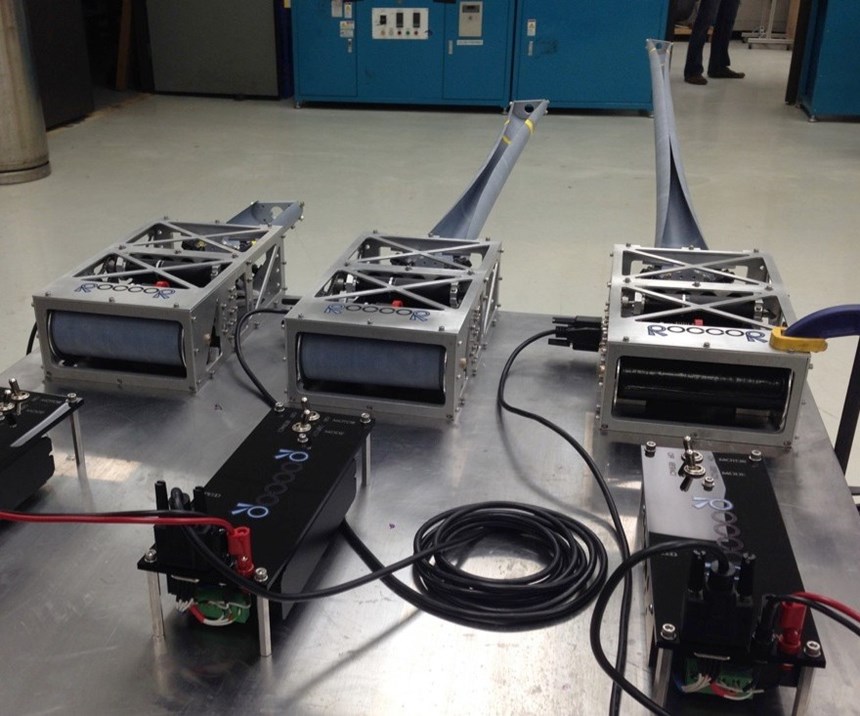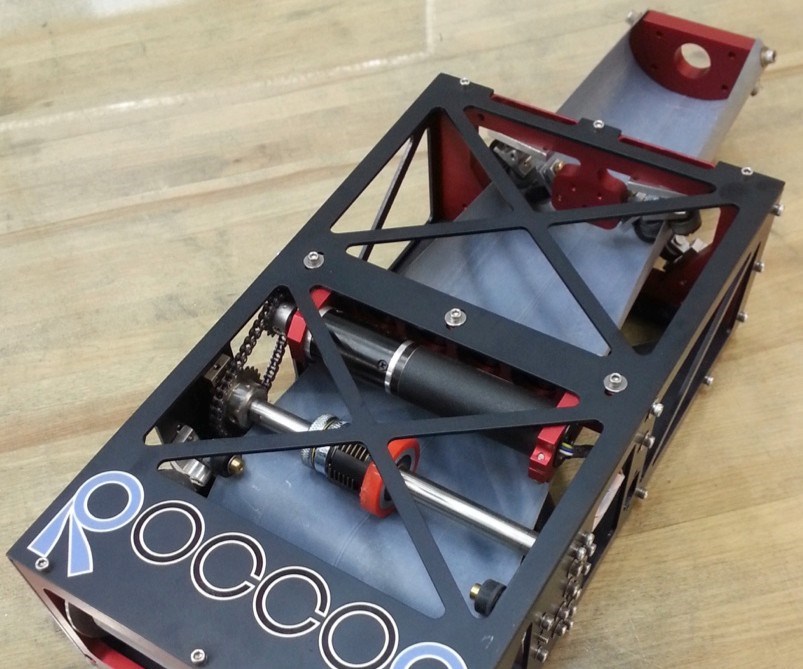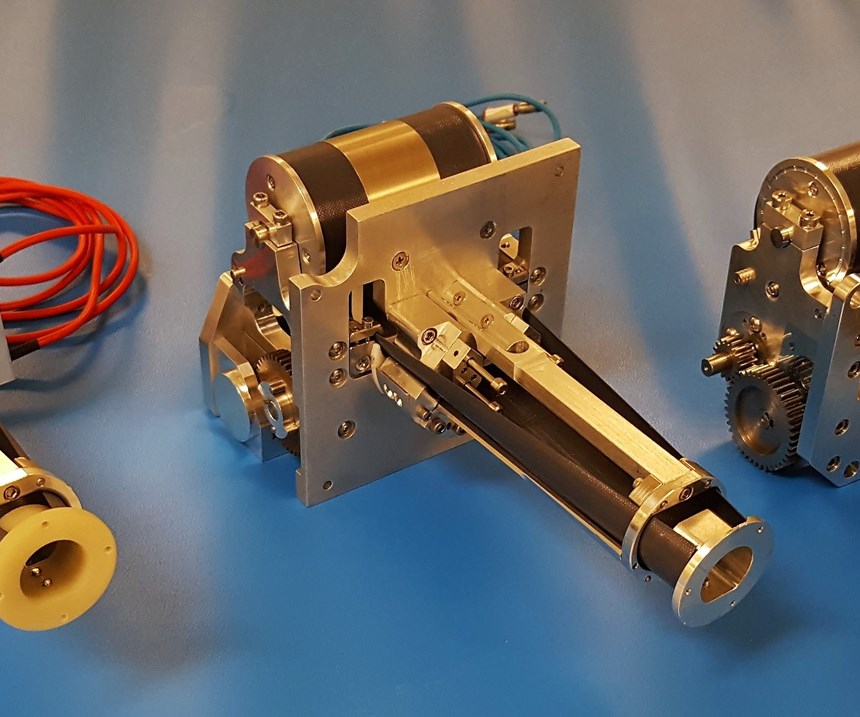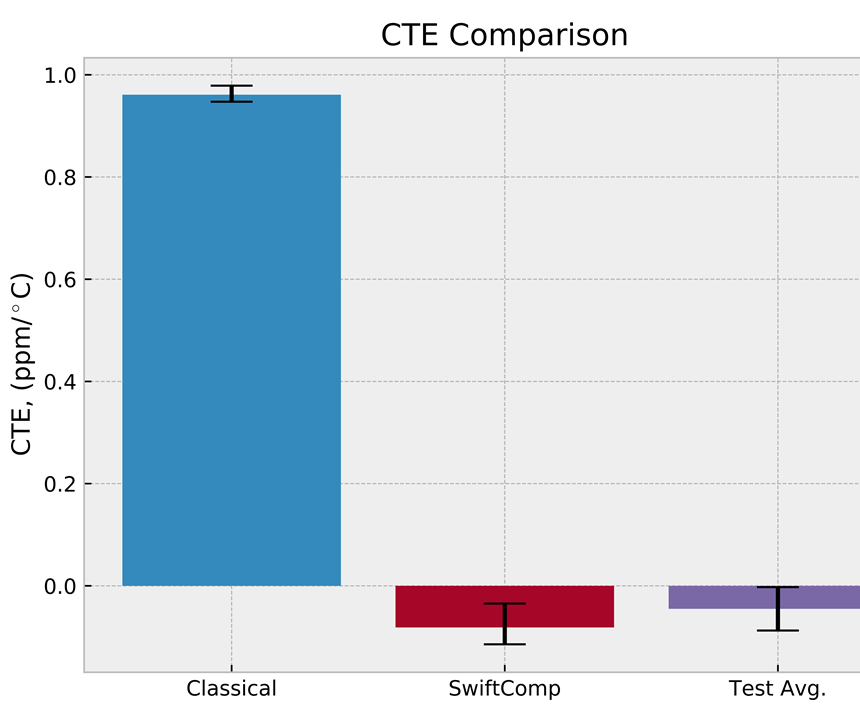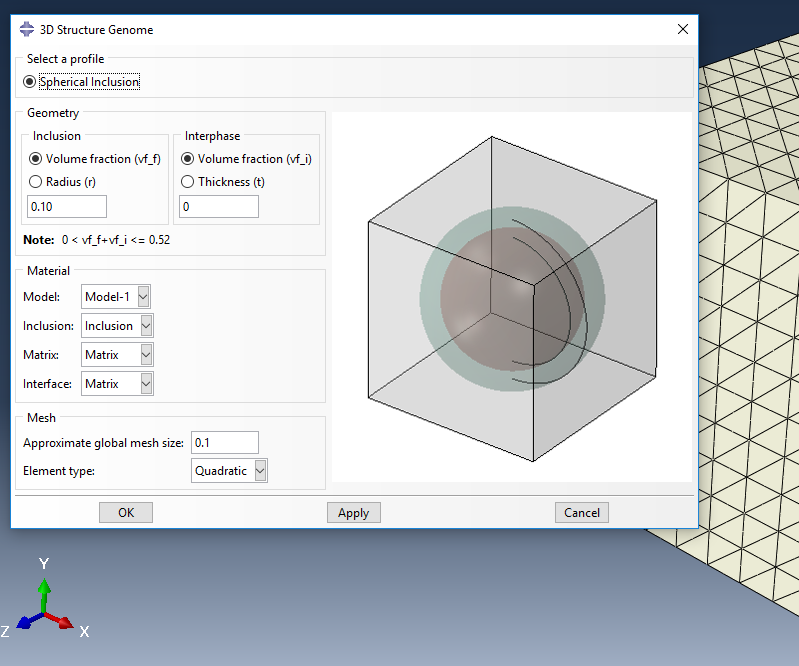On my third day on the job as digital editor for CompositesWorld, editor Jeff Sloan introduced me to Frank Roundy of Ability Composites in Loveland, CO, US. Frank was kind enough to give me a tour of his facility and share his insights into an industry that was completely new to me. At one point he handed me a rolled-up piece of material that looked kind of like the inside of a tape measure — or maybe a grey fruit roll-up.
“What is it?” I asked turning the part over in my hand.
He unfurled a similar section of the material and told me it was a deployable satellite boom. I hefted the piece for a moment. “You mean this thing right here in my hand… is going to be in space?” I asked carefully.
Frank looked at me with a raised eyebrow, clearly amused by my excitement. Meanwhile, Jeff noted my interest in the part and asked if I’d be interested in writing about it. He put me in touch with Roccor (Longmont, CO, US) and AnalySwift (West Jordan, UT, US) who collaborated on the design of the part I’d held.
The move to HSCs
Roccor began creating deployable mechanisms in 2011. Since then, the company has become a leader in a fundamental shift in the way satellite structures are created. In the past, deployable satellite structures mainly relied on clevis pin joints with springs and latches for locking. These complex designs require motors to extend them, which adds weight. They’re also expensive due to the extensive testing they require. Other mechanisms have involved use of inflatable deployments that employed fabrics comprised of glass fiber, Kevlar and other aramids, which run a risk of deflating.
To address these issues, the Air Force Research Laboratory (AFRL) at Kirtland Force Base, NM, US developed high-strain composites (HSC) that improve the mass, complexity and cost of deployment systems. The AFRL worked with Roccor on solar array development systems and Roccor has used HSC technology to create simpler, lighter and therefore lower cost deployment systems.
HSC technology is necessary because of the increased use of small satellite systems, including microsats, which typically weigh less than 220 lb/100 kg, and cube-shaped cubesats. Cubesats are modular and made up of 10×10×11.35 cm units and have a weight of no more than 3 lb/1.33 kg per unit. These small satellites populate low-Earth orbit (LEO) and carry payloads engineered to fit into small packages. Once in orbit, they then deploy antennae, solar arrays, camera booms and sensors. These small satellites, simply put, just don’t have room for traditional deployment technologies. And that’s where HSCs come in. According to Roccor, the packing factor for HSC systems is 10 times denser than traditional materials, which allows for the integration of deployment systems that unfurl to lengths in excess of 49 ft/15m.
These structures often need to operate in multiple configurations with high precision and stability. The deployment mechanisms for these structures, which is Roccor’s focus, are often made from HSCs and designed in flexible configurations using rolled components that can be unfurled. The tension exerted on such structures is formidable.
“Imagine a fly-fishing rod, flexing at high strain levels,” says Will Francis, vice president of engineering at Roccor, speaking about the satellite boom I told him I saw when I toured Ability Composites.
Because these structures are engineered to fit into small packages and deploy by unfurling, dimensional precision is key to meet deployment and performance requirements. Thermal expansion of materials must be taken into account given temperature extremes in space —– temperatures in LEO can range from 120°C/248°F in full sun to -100°C/-148°F in shade. Therefore, simulation and testing are crucial.
“Our booms are made using an out of autoclave manufacturing process using a thin combination of carbon fiber and glass fiber with thermoset epoxy resin,” says Kamron Medina, aerospace engineer at Roccor. According to Medina, the combination of the carbon and glass made predicting the coefficient of thermal expansion (CTE) of the laminate difficult.
A need for accuracy
Roccor, in the early days of its product development, needed more accuracy in predicting the thermal expansion of their products in order to meet high thermal stability requirements. The company turned to AnalySwift (West Jordan, UT, US) for a solution and licensed the company’s SwiftComp software a couple of years ago to perform simulation of these structures.
Roccor conducted a case study comparing the coefficient of thermal expansion (CTE) predictions vs an average test result of a particular laminate. Figure 1 compares CTE predictions using classical laminate theory and SwiftComp. The figure shows the classical prediction is not only significantly off from the test result but it predicts a positive CTE when the actual CTE is slightly negative. The figure also shows that the SwiftComp prediction is well within the error bounds of the test average.
Allan Wood, president and CEO of AnalySwift, says, “We believe SwiftComp provides a unique solution as a general-purpose multiscale modeling code that enables users to predict stiffness, strength and thermal expansion of composite structures.”
According to AnalySwift, the software can be used either independently as a tool for virtual testing of composites, or as a plugin to power conventional 3D finite element analysis (FEA) codes with high-fidelity modeling for composites.
Wenbin Yu, chief technology officer of AnalySwift, says, “SwiftComp is a multiscale constitutive modeling code for unified modeling of composites beams, plates/shells or 3D structures. It can quickly and easily calculate all the effective properties needed for use in macroscopic structural analysis. It can also predict accurate local stresses and strains in the microstructure for the purpose to predict strengths.”
According to Roccor, SwiftComp provides support for both elastic and thermal properties but while most codes stop at the laminate level, SwiftComp scales to provide effective beam and plate properties generated from complex cross-sections. These features, along with tight FEA code integration, have allowed Roccor to develop computationally efficient workflows to solve challenging engineering problems.
The other space race
The time savings the SwiftComp software offers without loss of accuracy, is key, particularly as the wealth of applications for the kind of high-strain composite structures Roccor is developing continues to grow. Simpler, lower mass satellite systems reduce costs and open access to private entities looking to use the technology, as evidenced by the aggressive launch schedules of companies like SpaceX (Hawthorne, CA, US) , which had 15 launches in 2018, and Rocket Lab (Huntington Beach, CA, US), which is aiming for a launch per month in 2019. The commercial space race is on and shows no signs of slowing down, and the smaller satellites get, thanks in no small part to HSCs, it seems the bigger the business of space grows.
Related Content
PEEK vs. PEKK vs. PAEK and continuous compression molding
Suppliers of thermoplastics and carbon fiber chime in regarding PEEK vs. PEKK, and now PAEK, as well as in-situ consolidation — the supply chain for thermoplastic tape composites continues to evolve.
Read MorePlant tour: Albany Engineered Composites, Rochester, N.H., U.S.
Efficient, high-quality, well-controlled composites manufacturing at volume is the mantra for this 3D weaving specialist.
Read MorePlant tour: Joby Aviation, Marina, Calif., U.S.
As the advanced air mobility market begins to take shape, market leader Joby Aviation works to industrialize composites manufacturing for its first-generation, composites-intensive, all-electric air taxi.
Read MorePlant tour: Teijin Carbon America Inc., Greenwood, S.C., U.S.
In 2018, Teijin broke ground on a facility that is reportedly the largest capacity carbon fiber line currently in existence. The line has been fully functional for nearly two years and has plenty of room for expansion.
Read MoreRead Next
Developing bonded composite repair for ships, offshore units
Bureau Veritas and industry partners issue guidelines and pave the way for certification via StrengthBond Offshore project.
Read MoreVIDEO: High-volume processing for fiberglass components
Cannon Ergos, a company specializing in high-ton presses and equipment for composites fabrication and plastics processing, displayed automotive and industrial components at CAMX 2024.
Read MorePlant tour: Daher Shap’in TechCenter and composites production plant, Saint-Aignan-de-Grandlieu, France
Co-located R&D and production advance OOA thermosets, thermoplastics, welding, recycling and digital technologies for faster processing and certification of lighter, more sustainable composites.
Read More



